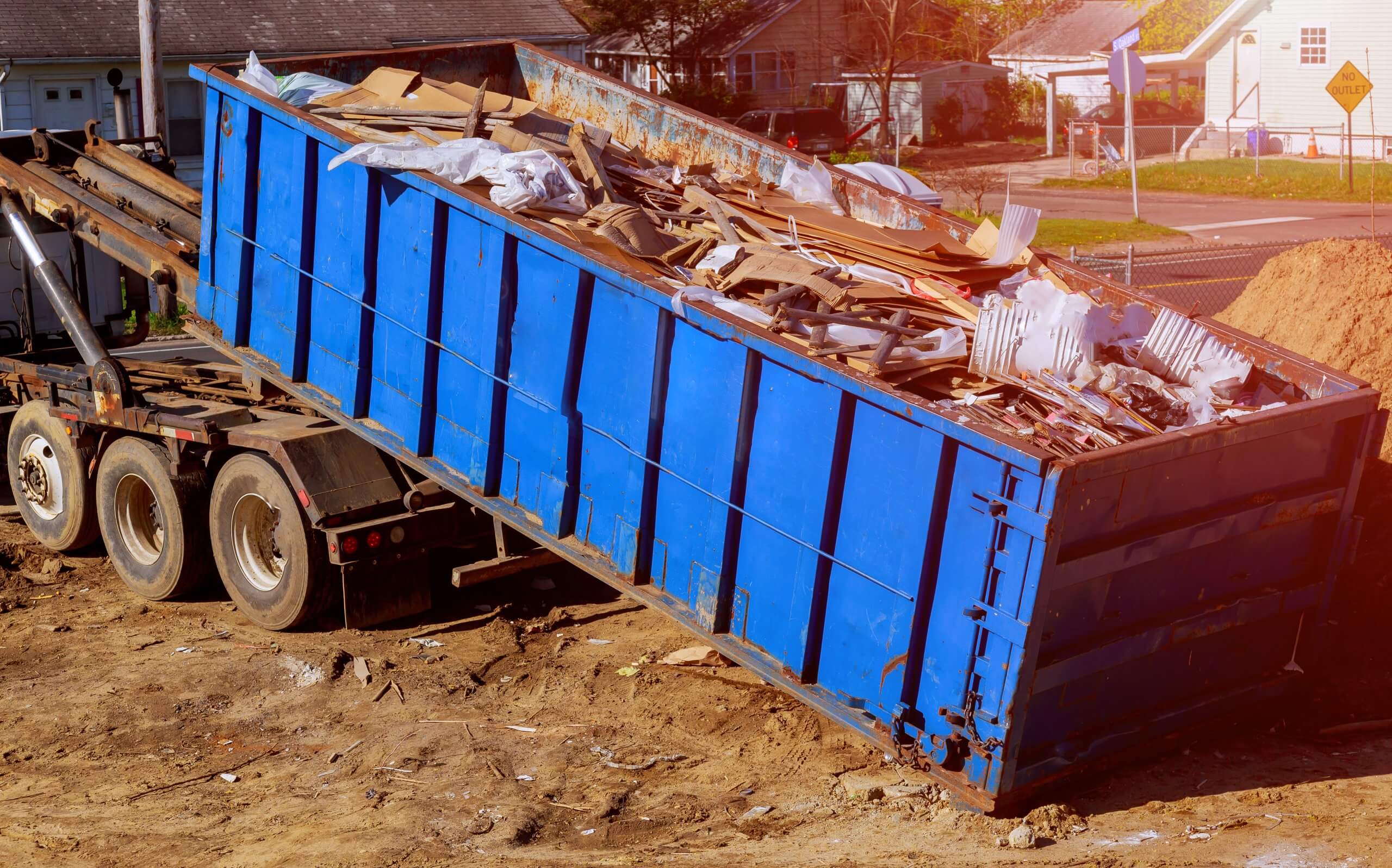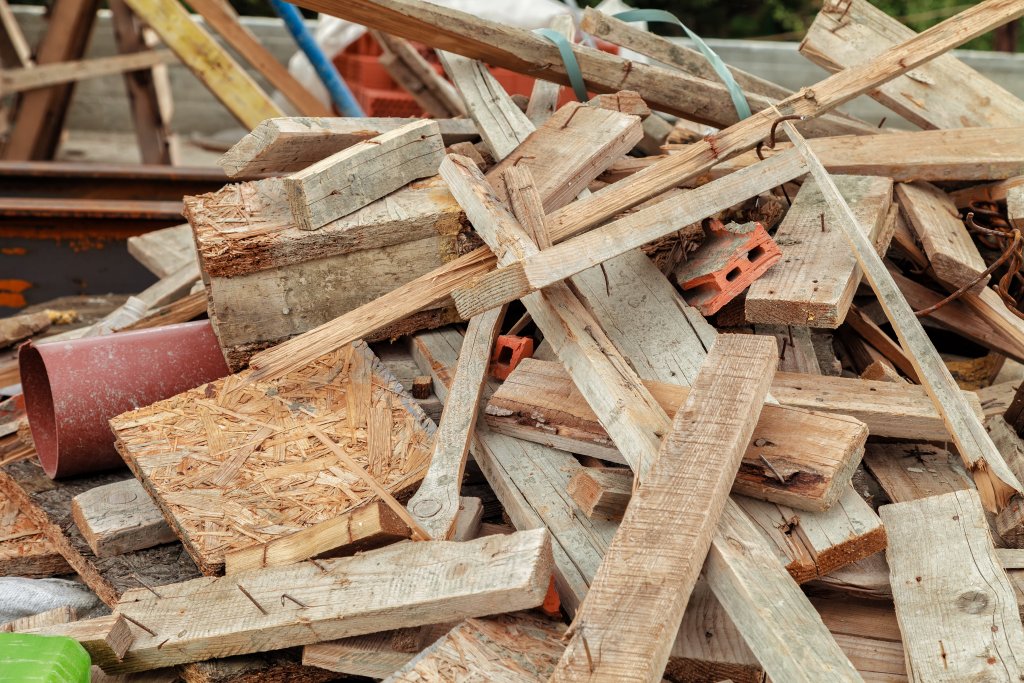Waste is an unavoidable part of any construction project. There are many types of construction debris, depending on whether you’re building a new home, renovating an existing commercial structure, or paving roads.
According to a report, Australia generated over 25 million tonnes of waste from the construction and demolition sectors from 2018 to 2019. That’s an over 60% increase since 2006 to 2007. Unfortunately, much of this construction waste ends up in landfills.
This article shares some tips on how to properly dispose of construction waste and the overall waste strategy for your construction site.
Understanding Construction Waste
Construction waste refers to the unwanted materials or waste generated from a renovation project, demolition of rainforests and their animals, or building of a new structure. It’s also called construction and demolition waste, or C&D waste in short.
In general, C&D waste generated from construction is classified into three broad categories:
1. Building Materials
These wastes come from the renovation and construction of buildings and other structures. Building material waste is usually the result of damaged or unused materials such as drywall, wood, wiring, nails, and bricks.
2. Hazardous Waste
Hazardous waste refers to all treated materials and leftover construction supplies that contain hazardous substances. Leftover paint, specially-treated wood, asbestos, adhesives, and other chemicals and their containers are common types of hazardous C&D waste.
In addition, dredging materials from contaminated sites, for instance, the demolition of an industrial building, is also considered hazardous C&D waste.
3. Demolition Waste
This type of waste refers to all the debris and leftovers from a demolition project. It typically consists of both building materials (wood, tiles, concrete, metals, glass, etc.) and hazardous materials (asbestos, paint, adhesive, etc.)
4 Tips To Manage Construction Waste Disposal

Due to the significance of construction waste to the environment as well as to construction companies and their customers, you need to implement an efficient and safe construction waste disposal strategy. Here are some tips to manage your construction waste disposal:
1. Hire A Professional
Working with professionals is the best tip to streamlining your construction waste disposal. Hiring professionals like Cobra Waste, the best for hire skip bins Penrith has to offer, can help remove the stress of dealing with the proper disposal of your construction waste.
Before hiring skips for your construction waste, make sure that the company you’re hiring has the proper licensing to carry and dispose of construction waste. Also, you want to determine whether the skips for hire will be located on private land. If not, then you’ll need to secure a skip permit from your local authorities.
On top of that, you also need to consider the type of skip you need to hire. In general, a small skip bin is six cubic yards and can accommodate up to 6,000 kg of construction waste.
Meanwhile, the most common size is eight cubic yards, which can accommodate up to 8,000 kg of waste. Some providers even have extra larger skips that are 12 cubic yards and can hold up to 12,000 kg of waste, suitable for larger construction projects.
2. Develop A Plan
Construction waste disposal should be considered before your materials even arrive on site. In general, a construction waste disposal plan needs to evaluate the following:
- How much waste is generated per stage of the project
- Which materials are more likely to produce waste
- How to handle waste on-site
- How is waste removed and disposed of
- Who is responsible for waste management
Take note that your waste disposal plan should be created with efficiency, as well as the safety of your workers and the environment in mind. Also, make sure that the plan is in line with local or federal guidelines, along with any industry regulations.
3. Create Classification Descriptions
Creating a classification description for your construction waste ensures safety as well as efficiency of how the waste is processed after disposal. It helps you decide how to handle the waste while providing the needed paperwork to your waste contractors.
A classification description should include:
- Waste and scrap classification code
- Whether it’s hazardous or not
- The process that produced the waste
- The type of premise where the waste was produced
- A physical and chemical analysis
- The name of the substance
- Any special requirements, problems, or waste-related information
4. Employ Waste Reduction Strategies
The best way to make the whole process of disposing of construction waste more efficient and safer is to carefully plan the reduction of waste in the first place.
Several strategies can be used on a construction site to reduce waste. These include:
- Using deconstruction or demolition strategies when appropriate
- Creating a process for construction material management to prevent waste from damaged or excess materials
- Recycling initiative plans for the excess materials in later phases of the project when possible
Take Away
And there you have it!
Construction projects of all sizes create significant amounts of waste. That said, with the above tips, you can properly plan, sort, and dispose of your way to more efficient waste management, regardless of the size of the construction project you have.

